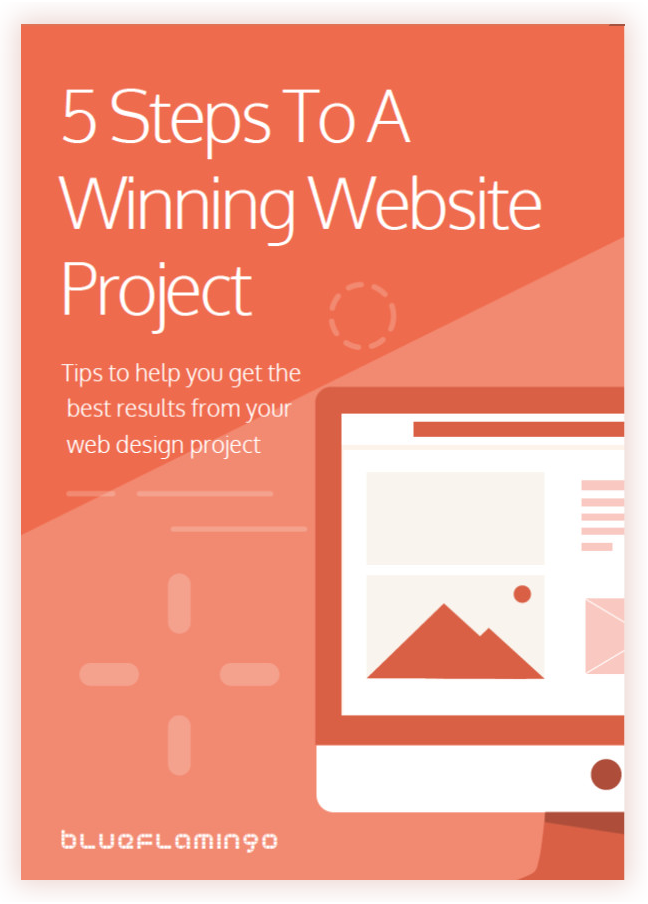Once you’re on the Internet, the world is your oyster, right? There are plenty of webpages to visit and interact with, images and videos to see, audio to listen to, and plenty of links to click to discover new parts of a webpage. But not every visitor to a webpage will have the same abilities. Some people may have low vision, different degrees of hearing or reduced dexterity. It’s imperative to include all who visit a webpage when planning out web design in Toronto.
Web design for those with low or no vision
Accessibility for people with vision difficulties begins with the layout and design of the webpage. Having contrasting colours is a must, especially when it comes to any text. When text is zoomed in on, it should be legible without distracting background images. The layout is key, as well, so that any adaptive technology can read aloud the text on any given webpage in a logical way. If something is being verbally read to a person who is blind through some type of assistive technology, it should be clear what each section is explaining, and what else is available from the web page. This may mean adding captions to images and making links more explicative. When thinking about web design for those with low or no vision, you may need to step back from the style and aesthetics of the page and really concentrate on the functionality to ensure you have everything covered.
Web design for those with hearing loss
You may be wondering if hearing loss is an issue for web design or not. A person with hearing loss might not need much additional assistive technology, but they still need to be considered when creating a website. There is so much effort in the world of the web to use videos, imagery and sound more and more in marketing campaigns and media as a whole. To ensure the full effect is being given equally to someone with hearing loss, it’s important to ensure videos have closed captioning and that any audible cues are also in written form.
Web design for those with reduced manual dexterity
A user could be born with reduced dexterity, have low motor skills which come naturally when aging, or any multitude of reason for a different ability when it comes to scrolling and using a webpage with their hands and fingers. Having accommodations in place–such as having all you need for any assistive technology to do its job–will go a long way in including everyone.
Of course, this is by no means an exhaustive list of different abilities that potential users could have. Those who plan web design in Toronto will be well versed in the large market of people with different abilities and will likely already be ensuring their designs are user friendly in general. It’s so important to ensure every single user is included so everyone gets the most from a webpage and can interact with the content as intended.


